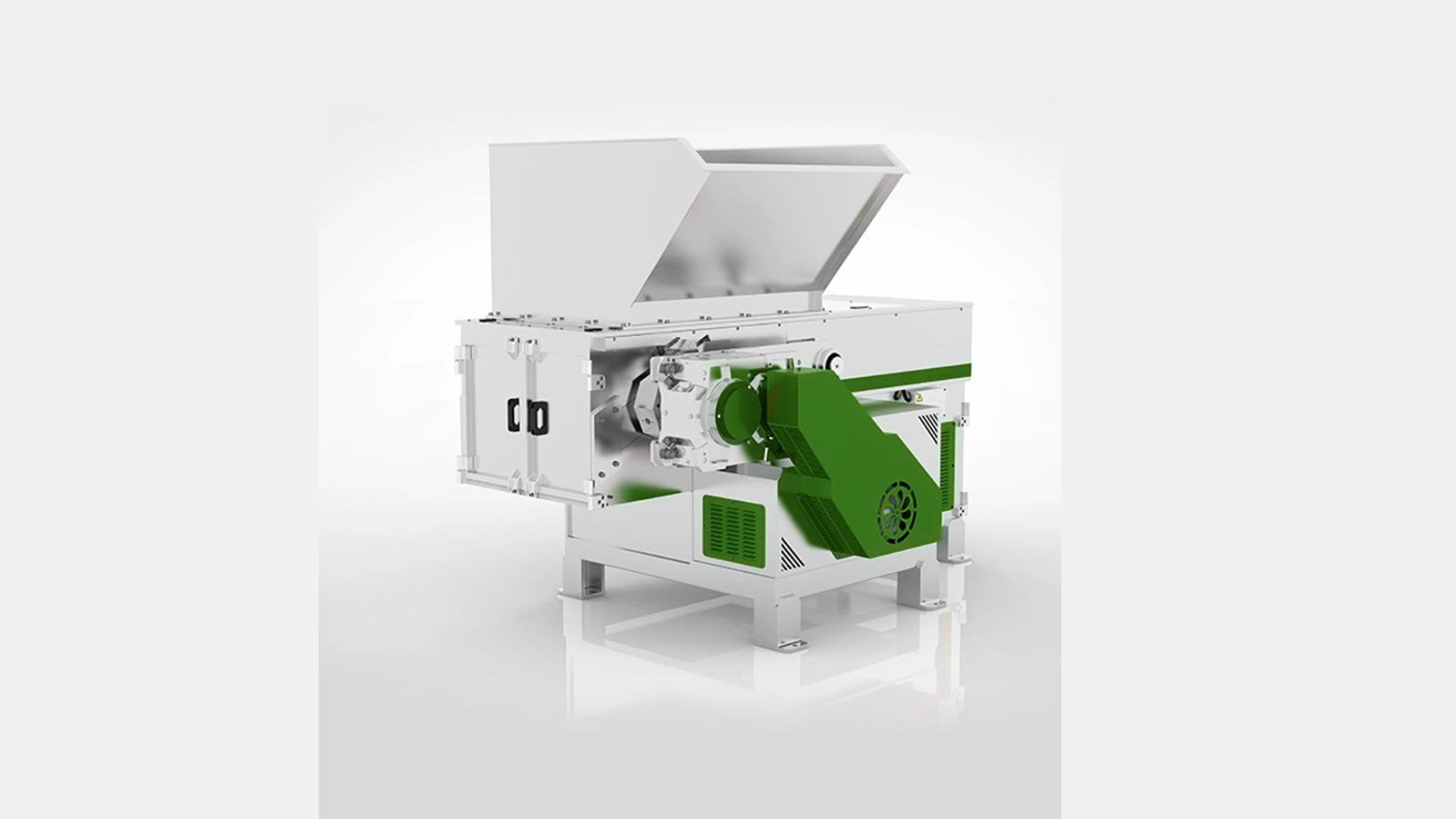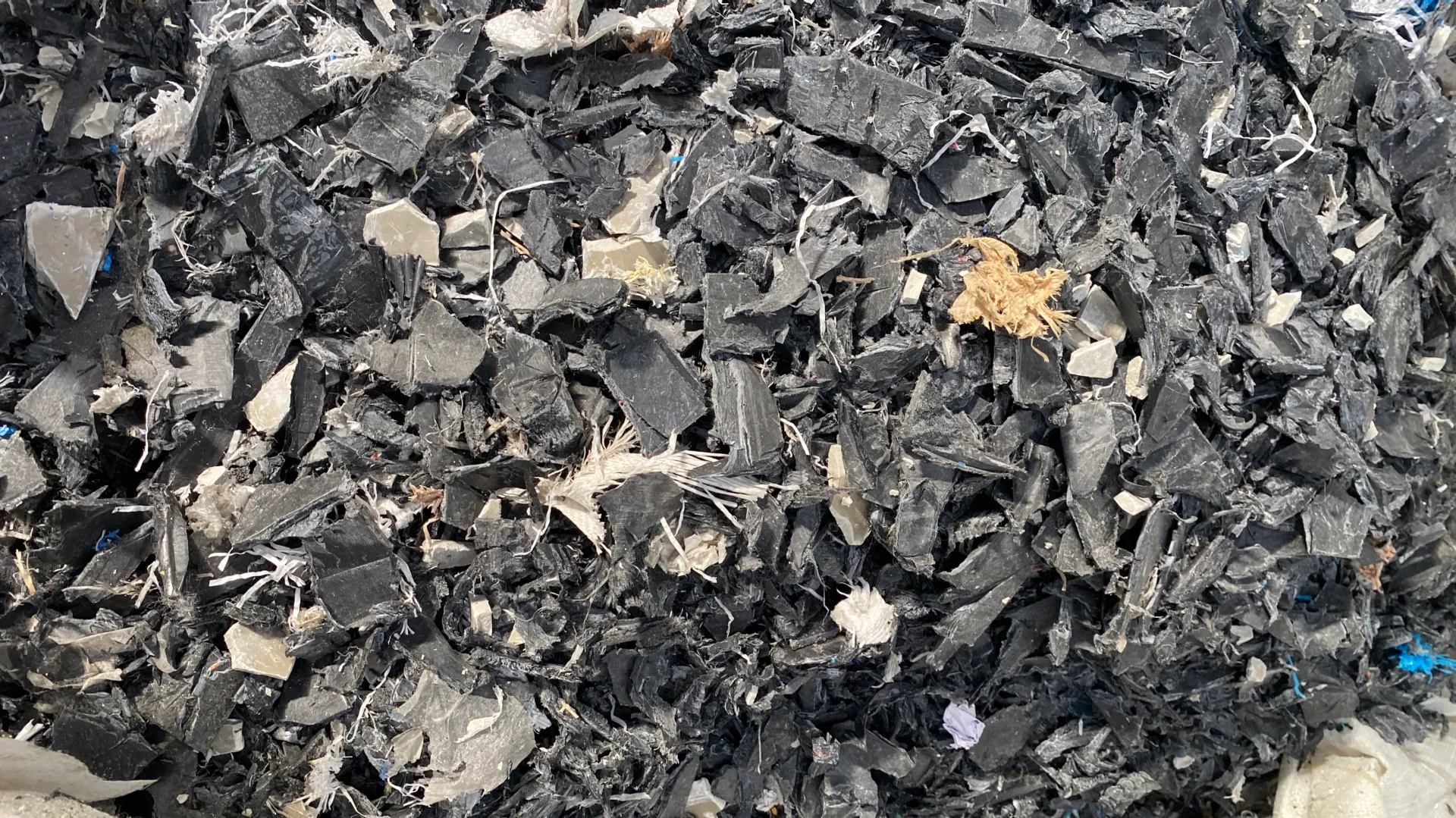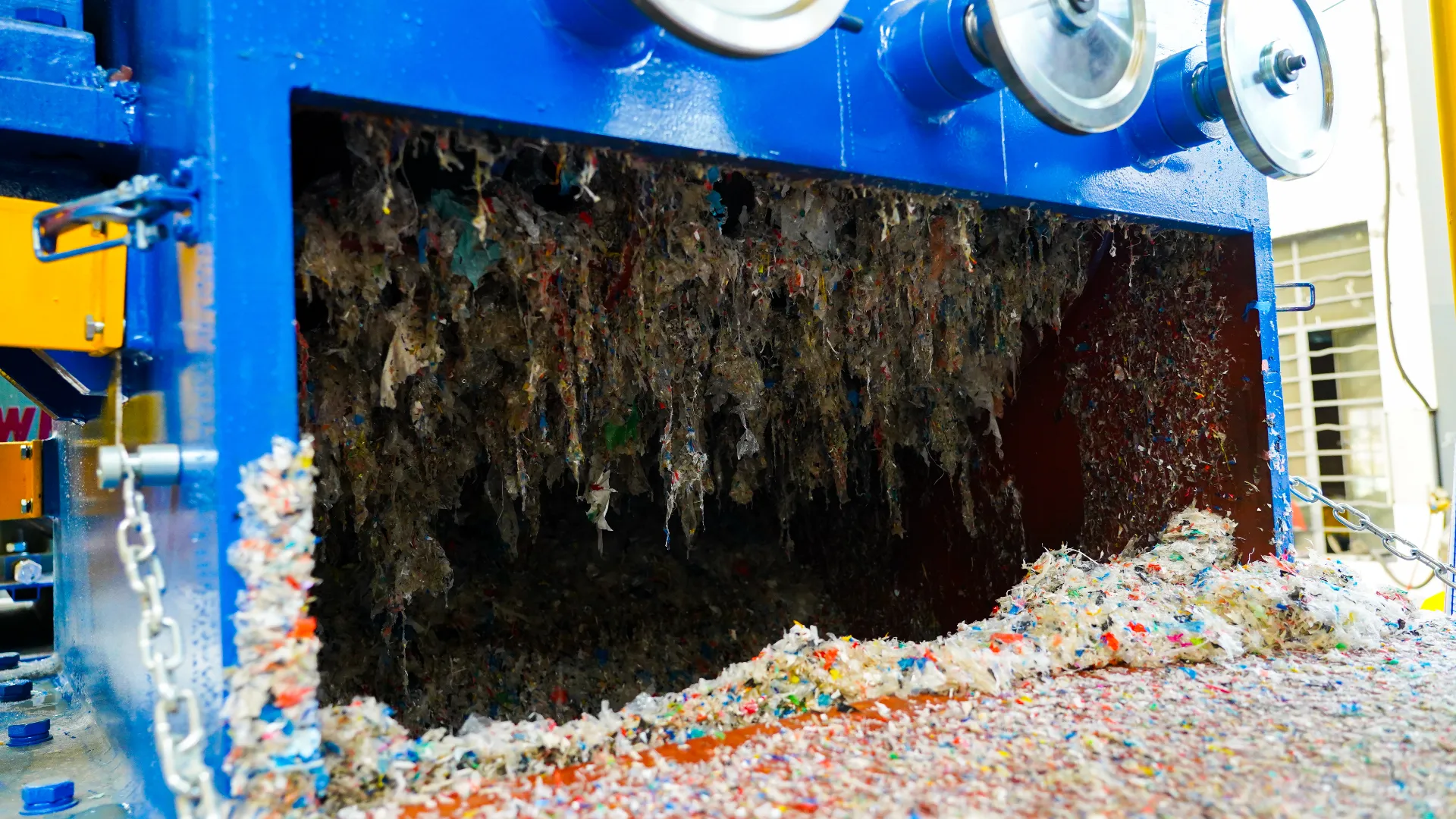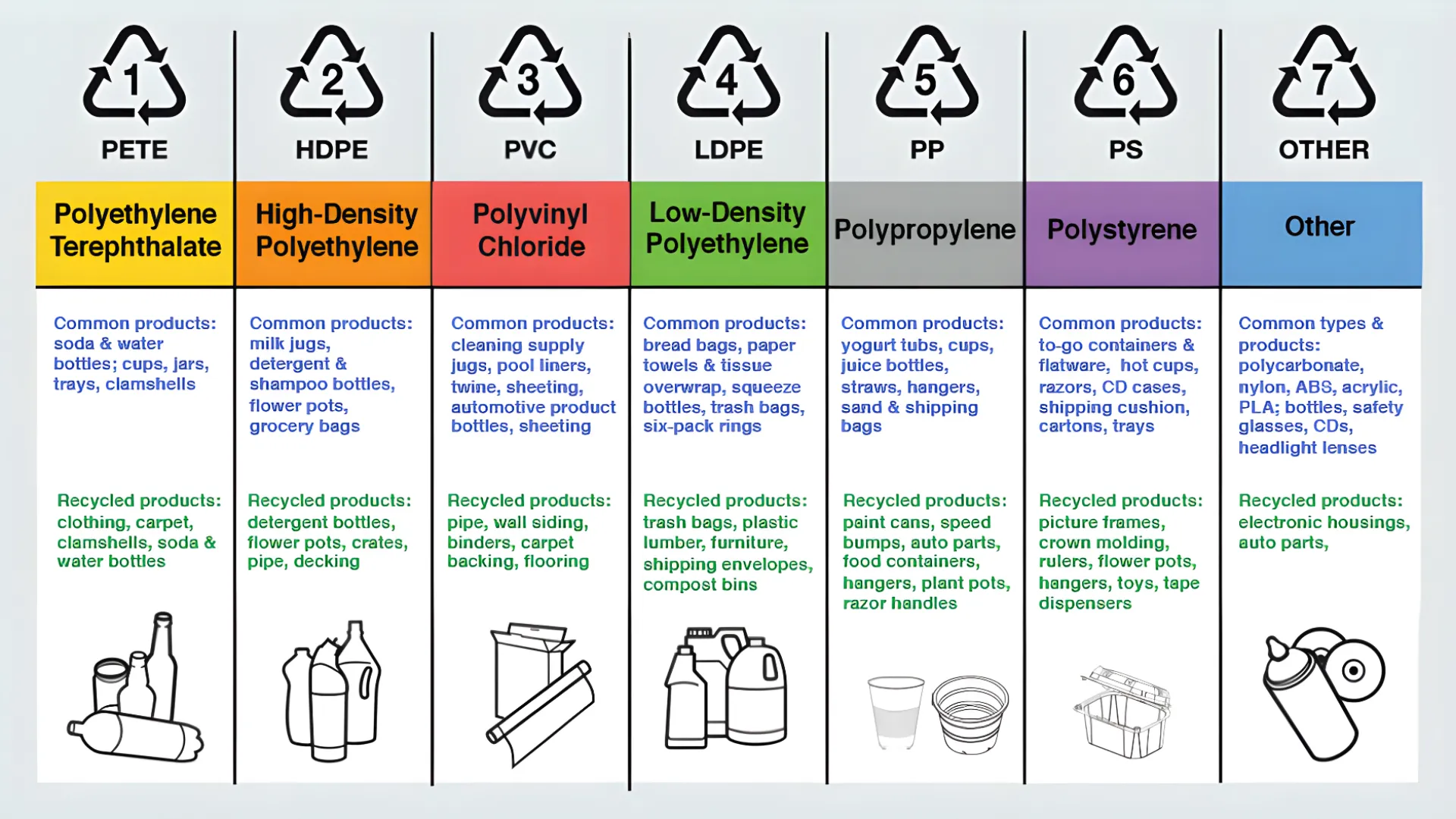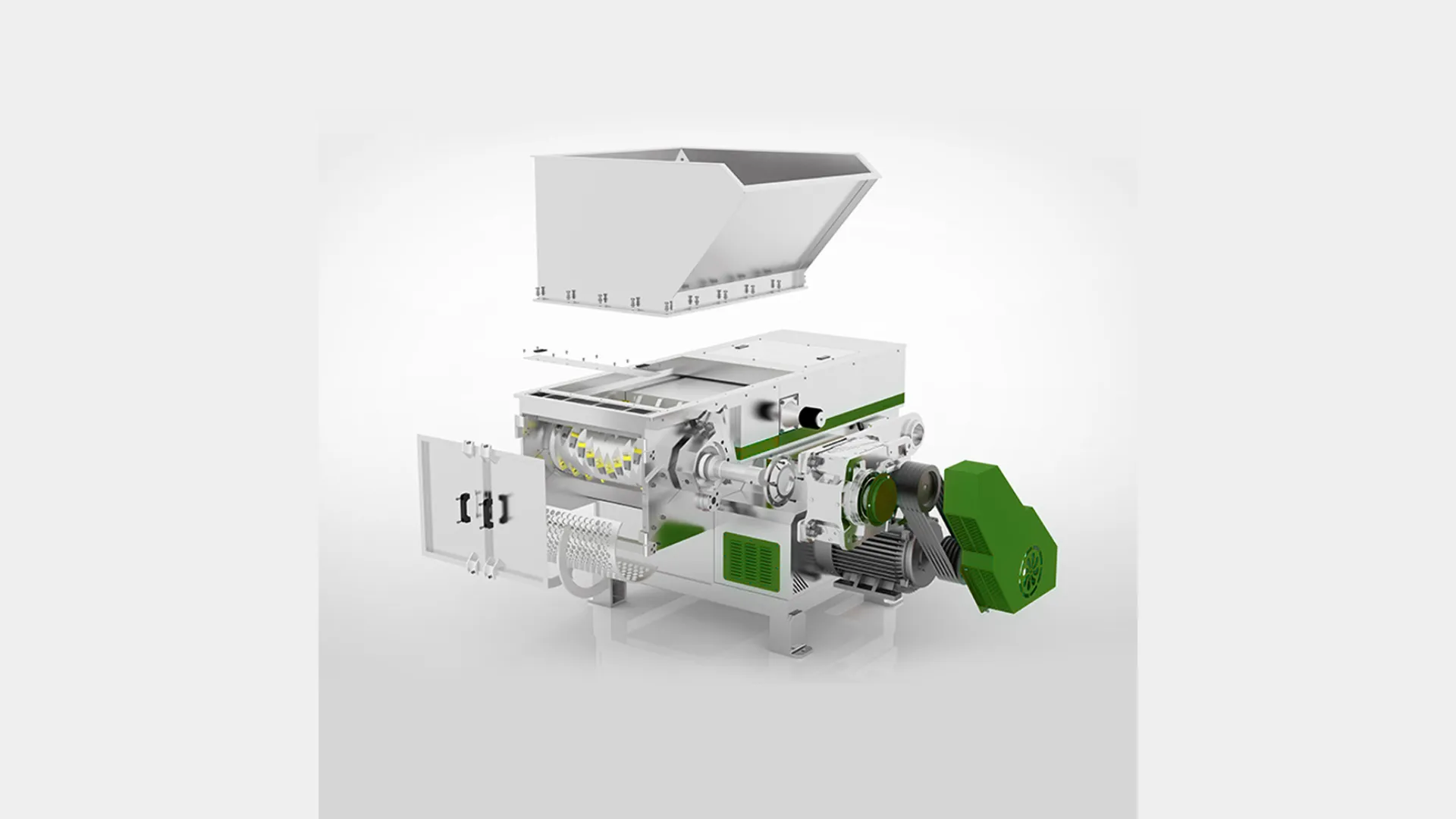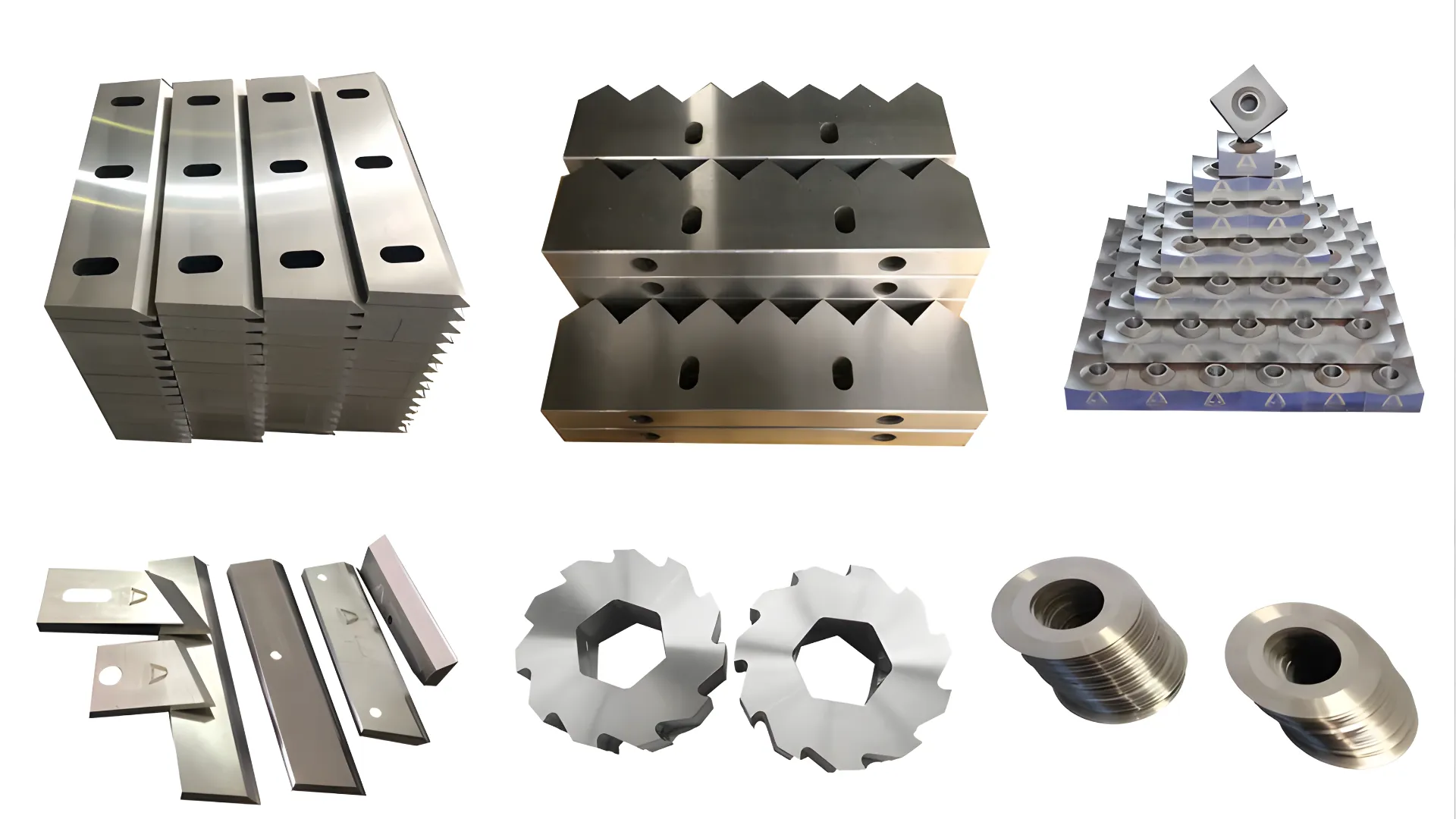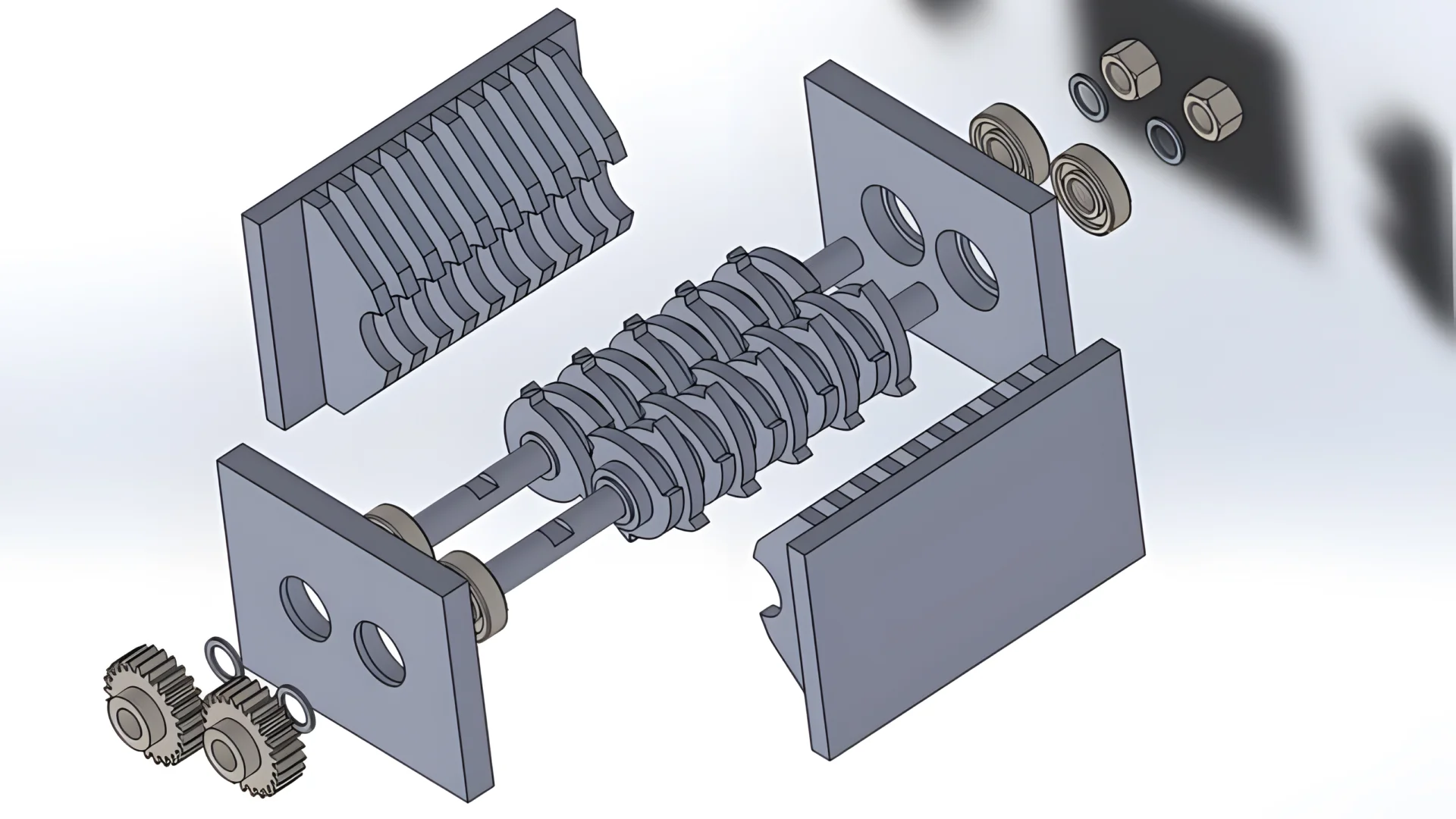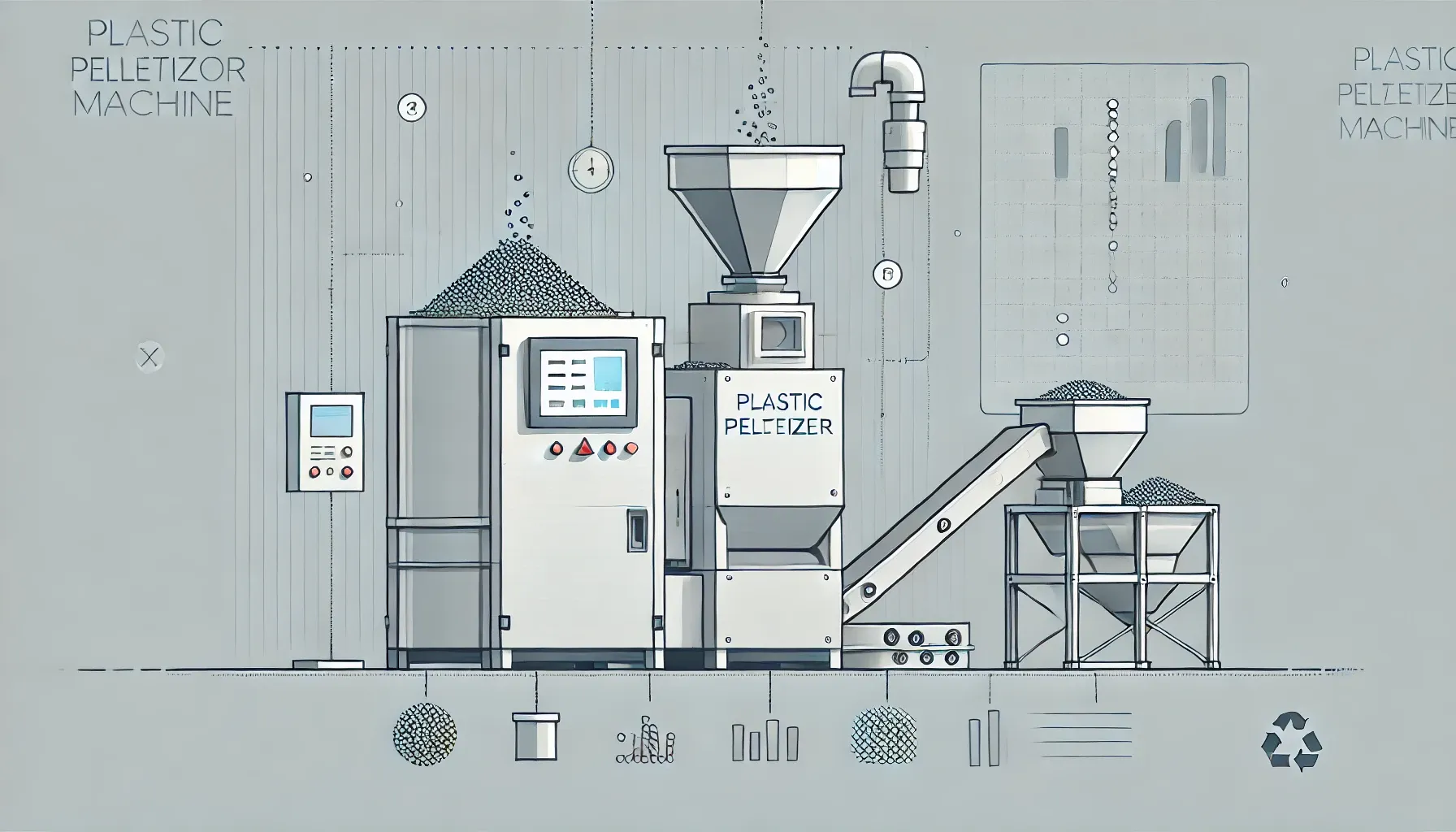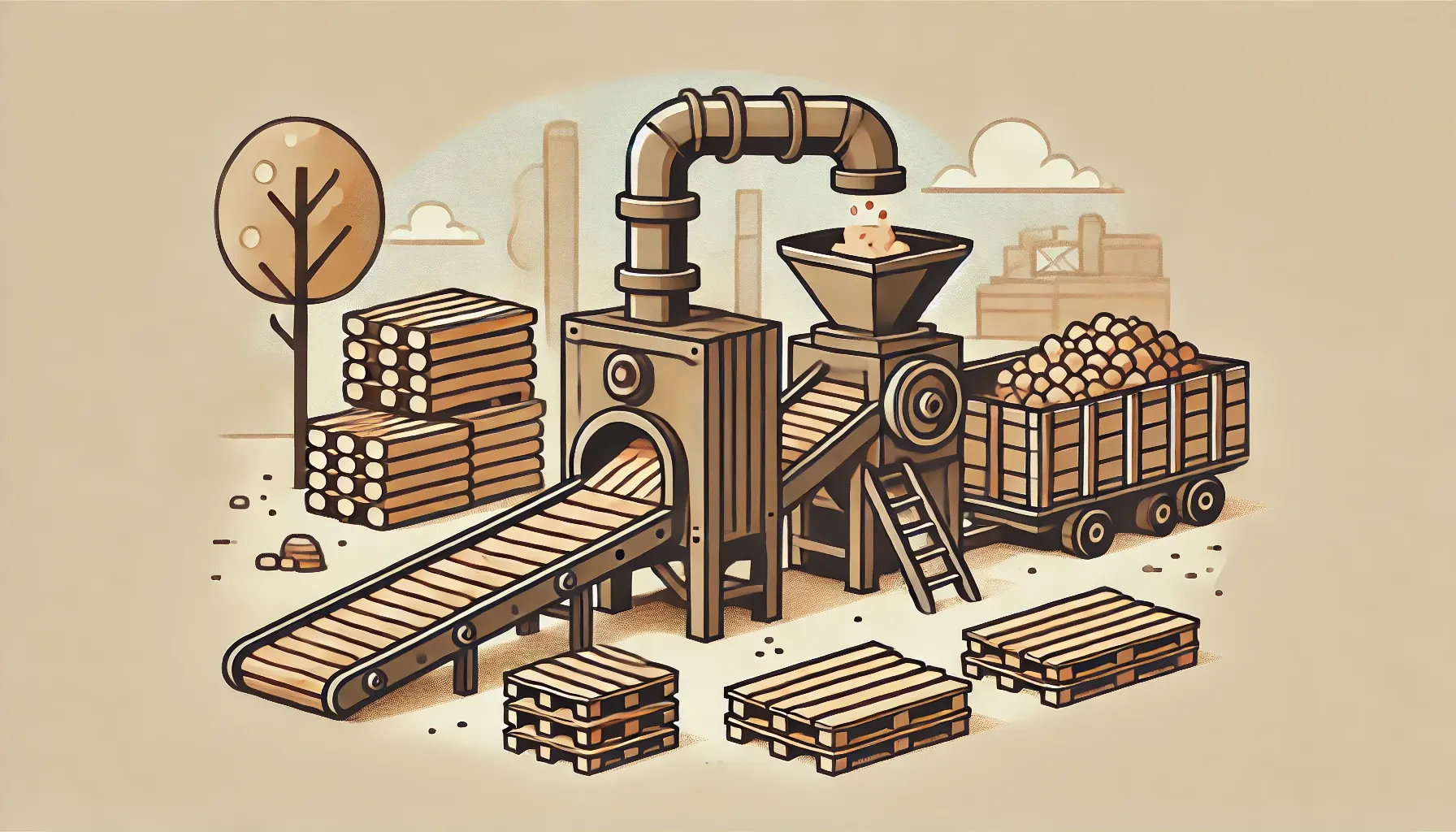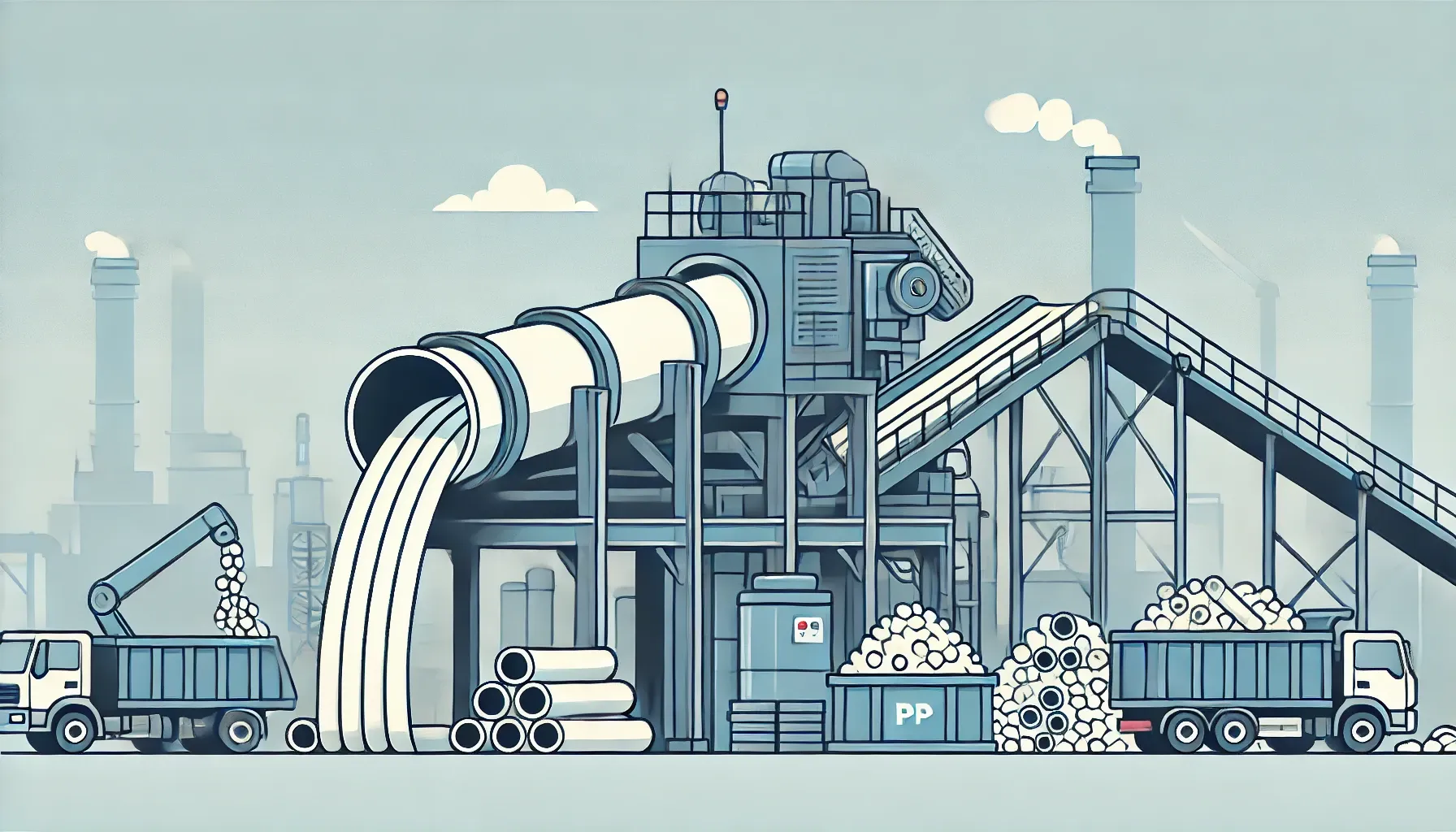Vijesti o recikliranju
Industrijske sjeckalice dolaze u različitim vrstama, a svaka je dizajnirana za rukovanje određenim materijalima i zahtjevima usitnjavanja. Evo pogleda na glavne vrste industrijskih drobilica dostupnih na tržištu, ističući njihove jedinstvene značajke i primjene:
Odabir pravog plastičnog peletatora ključan je za proizvođače koji žele poboljšati učinkovitost proizvodnje i kvalitetu proizvoda. Ovaj vodič istražuje ključne čimbenike koje treba uzeti u obzir pri odabiru plastičnog peletizera, uključujući vrstu materijala koji se obrađuju, proizvodni kapacitet i energetsku učinkovitost.
Pouzdana oprema za sekundarnu preradu drva
Industrije uključene u sekundarnu preradu drva, kao što je proizvodnja paleta, sanduka i kontejnera, kao i proizvodnja nosača i konstrukcijskih građevinskih komponenti, te proizvodnja ploča od iverice, iverice i MDF-a, sve imaju značajne koristi od upotrebe Rumtoo brusilica za drvo za recikliranje paleta. Bez obzira na to je li cilj smanjiti količinu otpada od paleta kako bi se smanjile naknade za odlaganje kontejnera ili pretvoriti otpad od paleta u vrijedne proizvode poput stelje za životinje, goriva za kotlove ili peleta, Rumtoo brusilice za drvo izvrstan su izbor za bilo koji posao.
Napredna rješenja za obradu plastičnih cijevi
Rumtoo nudi niz rješenja za obradu plastičnih cijevi, uključujući usitnjavače s jednom osovinom s vertikalnim dovodom i vodoravne usitnjavače za duge dijelove cijevi. Više od polovice od 50 najboljih ekstrudera za cijevi, profile i cijevi oslanja se na Rumtoo opremu za recikliranje.



